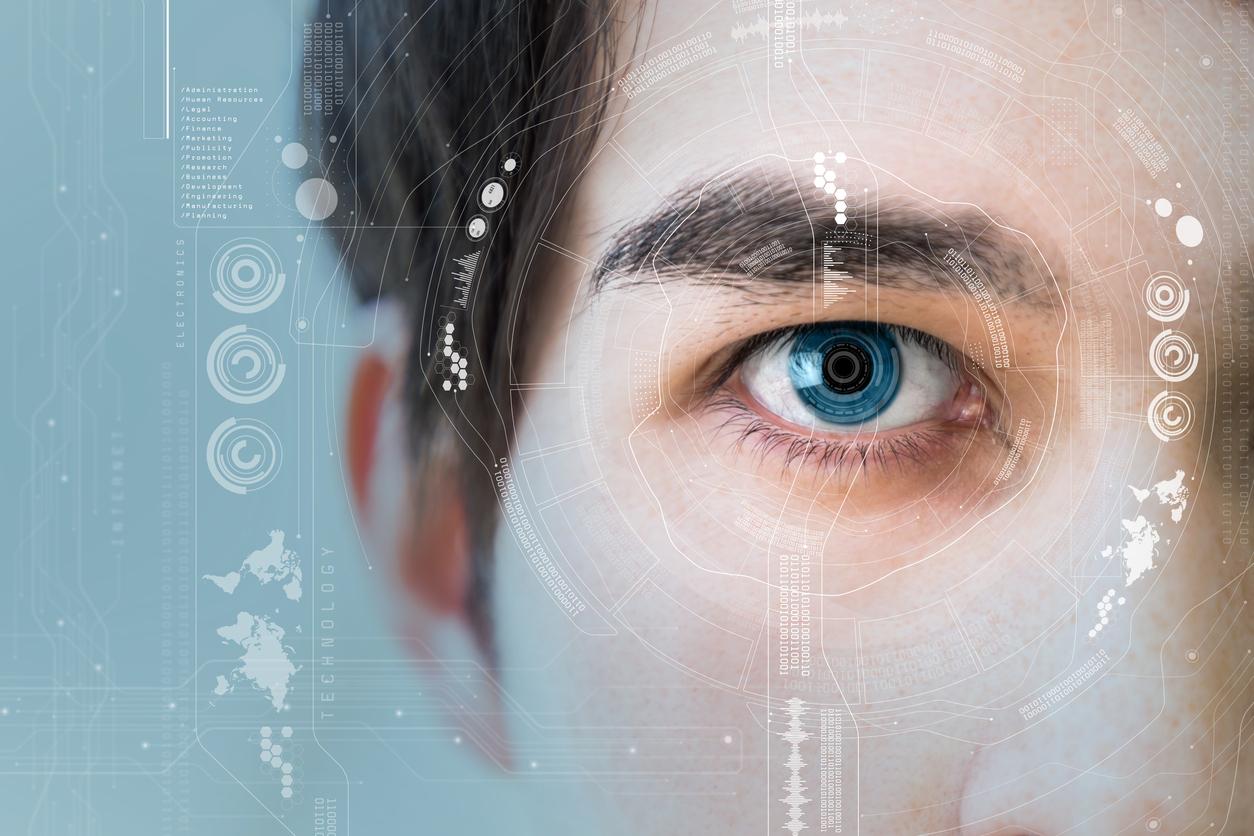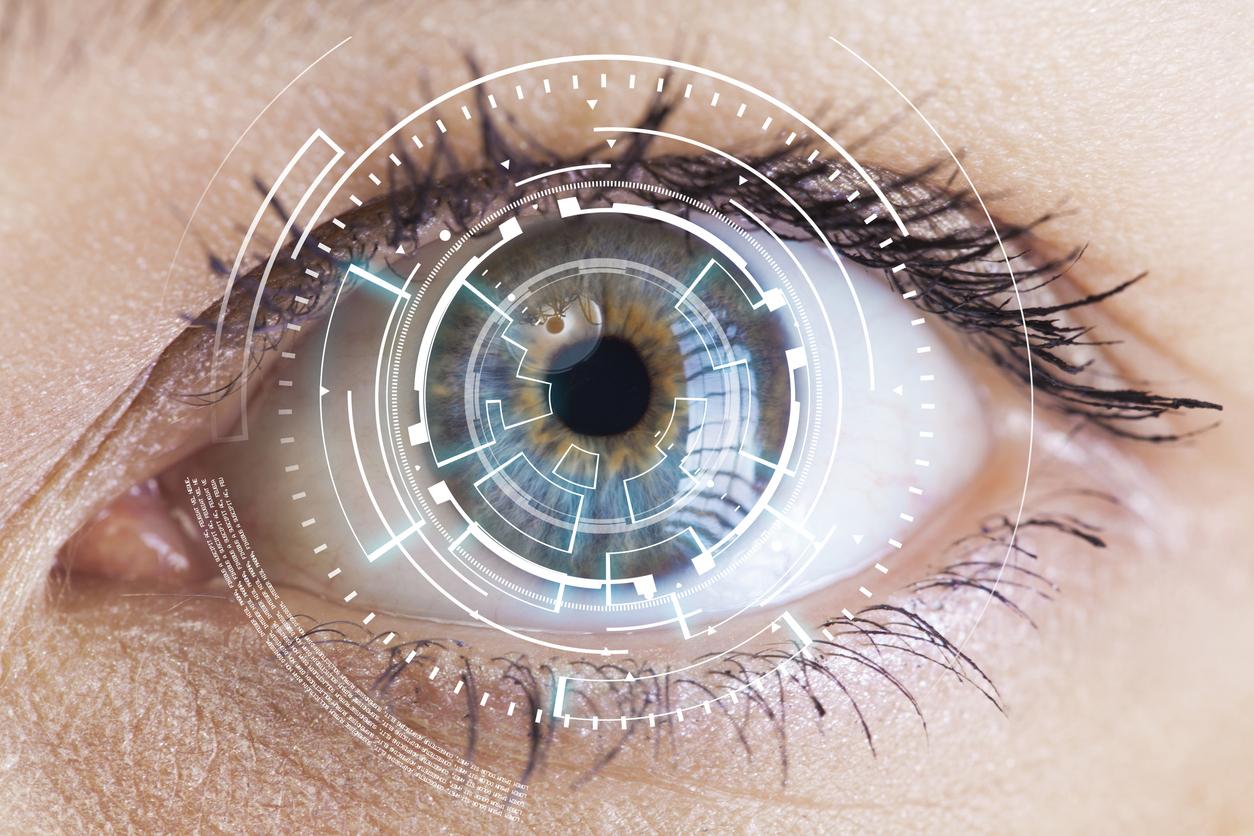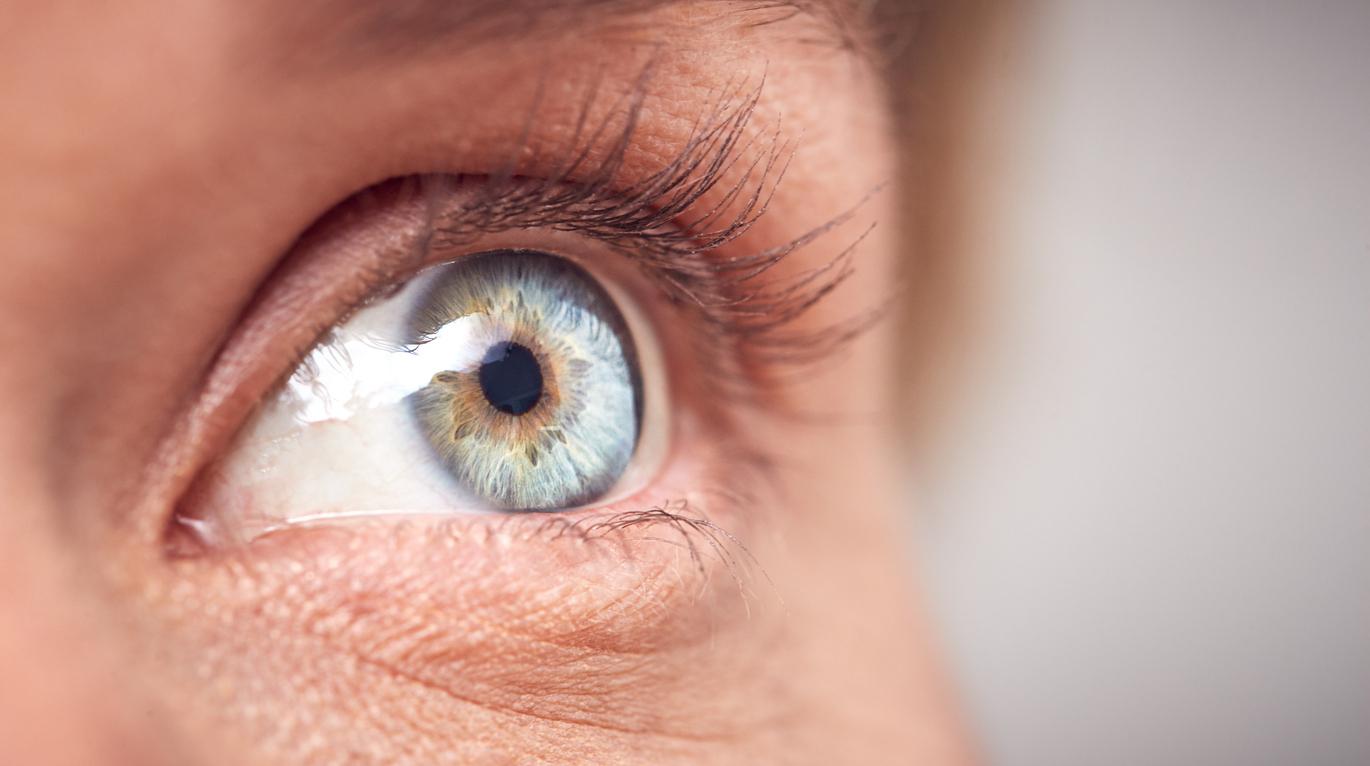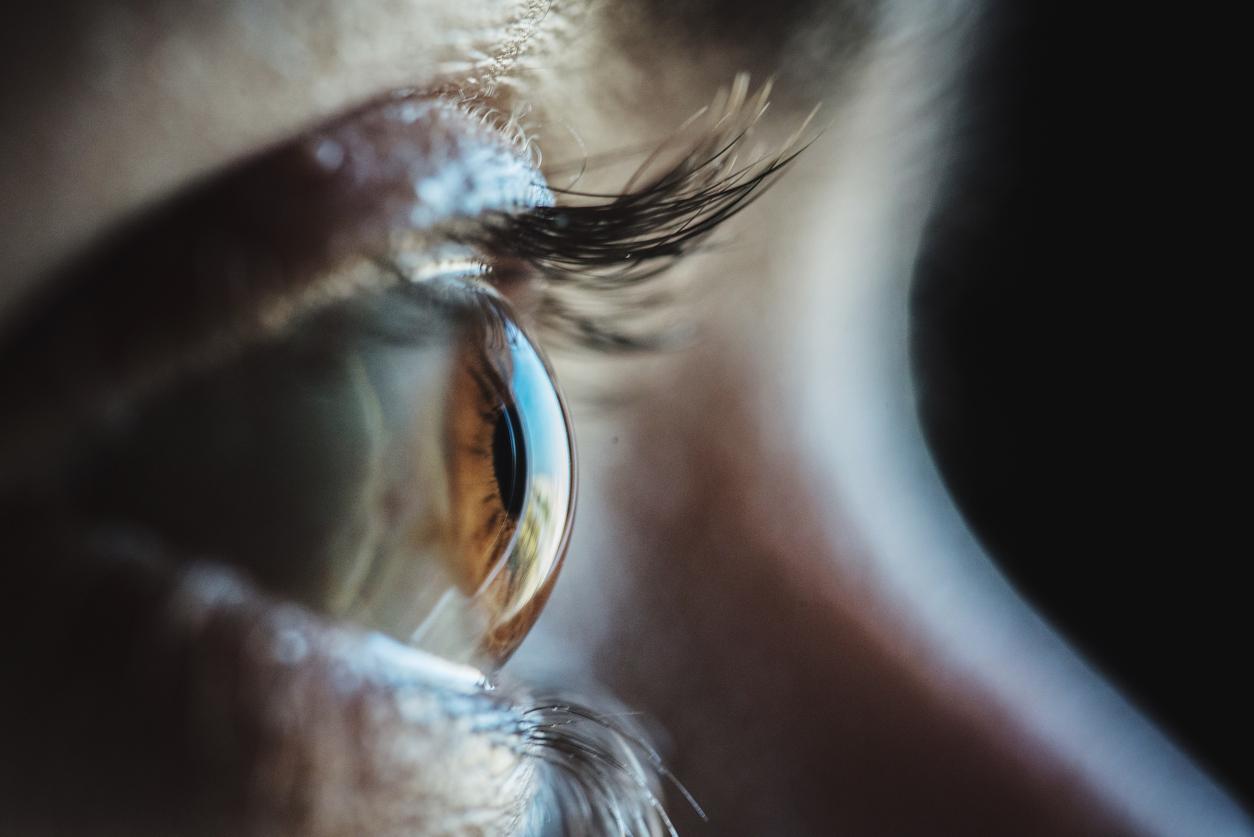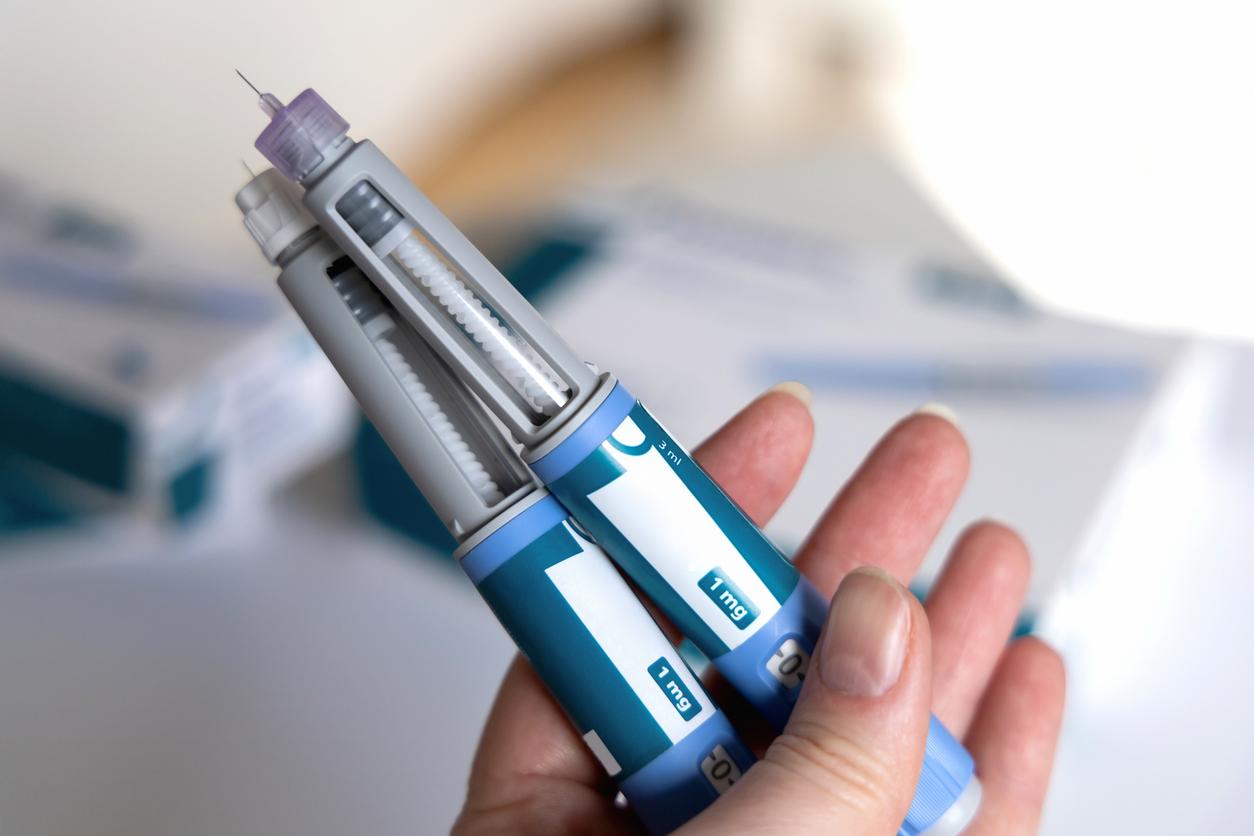According to an experiment on rats, the brain would be able to correctly combine natural vision and an artificial retinal implant. Ultimately, this discovery offers new perspectives for people with age-related macular degeneration (AMD).

In the West, age-related macular degeneration (AMD) is the leading cause of blindness in people over fifty. In Europe, it affects more than 67 million people, a figure that is expected to rise sharply over the next twenty years, due to the aging of the population. Depending on the clinical form (dry or wet) and the stage of the affliction, its manifestations can be discreet: loss of visual acuity, difficulty in reading, slight deformation of certain objects. At a more advanced stage, the patient will suffer from distorted vision and black spots will appear in their central field of vision.
Today, a new study published in the journal Current Biology offers new hope to patients. While neurobiologists didn’t know if the brain could properly combine natural vision and an artificial retinal implant, it turns out that it can.
Inside the eye, the retina captures light. The information is then processed and transmitted to the brain. At the center of the retina, the macula processes most information very precisely. The peripheral zone helps with spatial judgment with ten to twenty times less precise vision. In AMD, precise vision is impaired because the center of the retina is damaged. An artificial retina, a device constructed from small electrodes, can then be implanted. The electrodes cause electrical stimulation of the remaining retinal cells and restore normal central vision. The latter is therefore stimulated by artificial light while the peripheral retina is stimulated by natural light.
“Implications for better sight restoration”
Here, the researchers wanted to understand if the visual cortex could respond in the same way to these two simultaneous stimuli. They therefore studied the cortical interactions between prosthetic vision and natural vision based on visual potentials recorded on rats in which they had implanted photovoltaic subretinal implants.
“We used a unique projection system that stimulated natural vision, artificial vision, or a combination of natural and artificial vision, while simultaneously recording cortical responses in rodents implanted with a subretinal implant,” explains Tamar Arens -Arad from Bar-Ilan University (Israel), who conducted the studies. The implant was developed by Professor Daniel Palanker, from Stanford University (United States).
Thus, the brain manages to integrate natural and artificial vision while retaining the necessary processing information. “These groundbreaking results have implications for improved sight restoration in AMD patients implanted with retinal prostheses, and support our hypothesis that prosthetic and natural vision can be integrated into the brain. The findings may also have implications for future brain-machine interface applications, where man-made and natural processes co-exist,” concludes Yossi Mandel, head of Bar-Ilan University’s Ophthalmic Science and Engineering Laboratory.
In France, 8% of people are affected
Faced with the growing extent of the disease, research on AMD is gradually advancing. In March 2018, British and American researchers succeeded in restoring sight to patients who could no longer read, even with glasses. During the operation, they used embryonic stem cells to make macula cells and transplanted the tissues to patients. Since then, they manage to read 60 to 80 words per minute with conventional reading glasses.
At present, all forms combined, AMD affects approximately 8% of people in France. Naturally, its frequency increases with age: while it affects 1% of 50-55 year olds, it increases to 10% among 65-75 year olds and 30% among those over 75 years old.
If your parents or brothers and sisters have this disease, consult an ophthalmologist from the age of 50 for a fundus examination. Besides the genetic factor, smoking and the sun can also increase the risks. If you have the slightest doubt about a deformation of the vision of straight lines, do not hesitate to request an emergency appointment: in 80% of cases, blindness is avoidable or curable if it is taken care of in time.

.









